Killarney National Park is an outdoor enthusiast’s playground with a variety of activities and spectacular scenery in every direction. You can choose to walk or cycle the tracks and trails throughout the National Park or perhaps take a leisurely boat ride or traditional jaunting car. There are many spots to sit and enjoy nature and the beautiful surroundings. The National Park offers a wide variety of options for walking, from lake and wooded walks to mountains, at varying levels of difficulty. See details of each walk in our guide below.
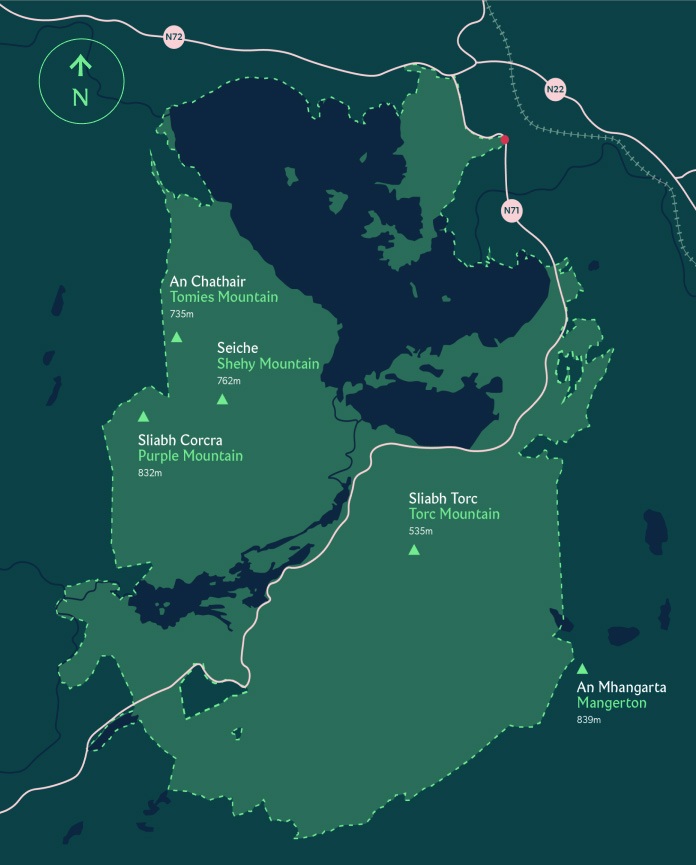
| Walking Trails | |
|---|---|

For police, fire, ambulance or mountain rescue emergencies call 999 or 112.
Visitor Information is available at Killarney National Park Visitor Centre. For further information on walks and maps of specific walks click the links below.
Professional guided tours are offered at Muckross House, Killarney House and Ross Castle. Click the links below to find out more and book a tour.
There is a network of surfaced tracks in the Muckross, Knockreer and Ross Island areas of the National Park which are ideal for cyclists and walkers. You can rent bicycles in and around Killarney town and most rental shops will provide cycle maps. All routes provide visitors with wonderful views of Killarney’s spectacular scenery. Cycle parking bays are located throughout the National Park at key sites. Please be aware of one-way cycle routes.
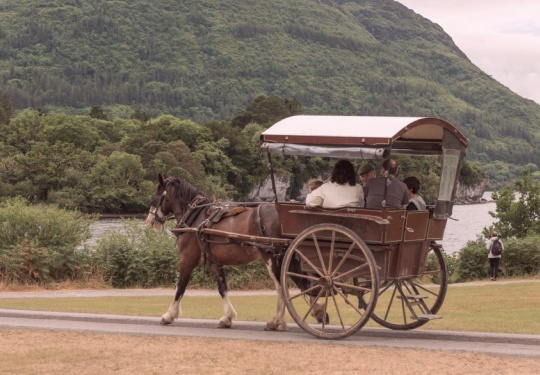
Traditional jaunting cars are a great way to see the National Park and hear history from local jarveys. Some of our popular routes include: The Demense to Ross Castle and Kenmare Estate, Muckross Abbey and Muckross House, Muckross House and Torc Waterfall, and the Gap of Dunloe. Additional information on routes and prices can be found on display signs near St. Mary’s Cathedral or on Muckross Road near East Avenue Hotel.
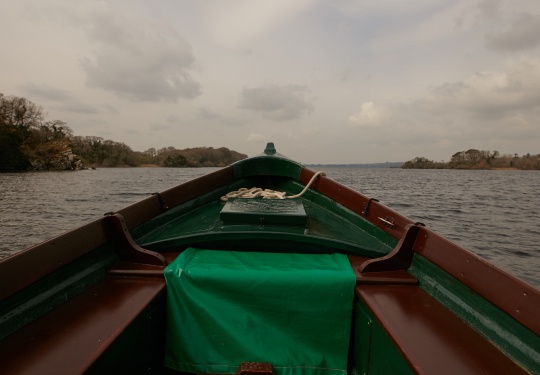
Find open boat trips at The Old Boat House near Muckross House; open and covered boat trips are also available from Ross Castle. Popular routes include tours of Lough Leane, Inisfallen Island, Lord Brandon’s Cottage and the Dinis Peninsula.
Canoeing or kayaking is allowed on the lakes but you will need a permit and you must power-wash your vessel in advance. Download the permit application here and learn more about applying for a canoe permit in our guide.
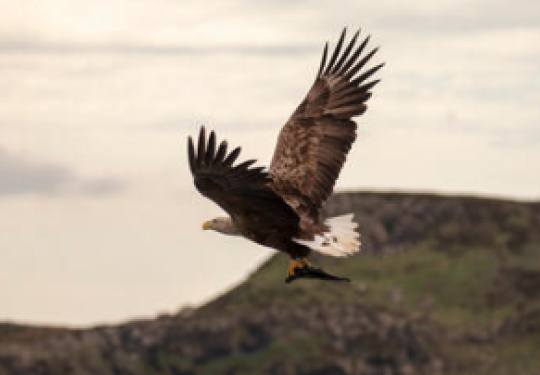
Three horse riding companies operate in the National Park. They use Muckross Forest and the area around Knockreer. These companies pay a fee for their permit and are insured. Pony trekking, whether commercial or private, is not allowed anywhere else in the National Park.
Lough Leane is widely used for salmon and trout fishing, and competitions are often held on the lake. Muckross Lake and the Upper Lake are also regularly fished although to a lesser extent. The lakes, particularly the shallower shores and bays of Lough Leane, are popular for salmon and trout fishing, with most anglers fishing from their own boats. For further information contact the Park Rangers on 064 663 5215.
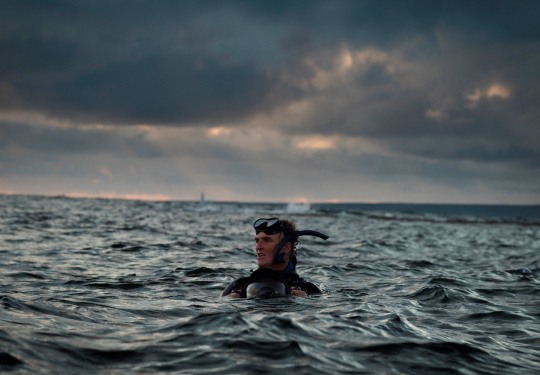
Swimming is permitted in some areas of the National Park but visitors must be cautious. All of the National Park’s waterways are managed primarily for conservation purposes and this has a bearing on whether or not an activity is permitted.
Safety concerns are also an issue – mountain lakes tend to be deep and cold, and mountain rivers can rise dramatically and suddenly after rain. The lakes are deep with sudden depth changes and the shallow areas are quite narrow and drop off suddenly at certain points. The gently sloping Goleen shore of Muckross Lake is a traditional bathing place. You can always ask our Rangers for advice on suitable bathing sites.
If you are swimming in the lakes please note that children should never be left on their own to swim or paddle without close supervision, and for safety reasons, airbeds and other inflatables are not permitted.
Muckross House and Gardens is one of the top tourist attractions in Ireland. This mid 19th century Victorian mansion features furnishings and artefacts of the period. Guided tours are available throughout the day. For tour times and prices click the link below.
The gardens include an arboretum, a large glass house and a variety of flora and fauna. The gardens are particularly colourful in May and June and are famous for their rhododendrons and azaleas.
The gardens were nurtured and developed from the late 19th century by the Herbert family who were preparing for a visit by Queen Victoria in 1861. Later, the Bourn Vincent family added several other areas including the Sunken Garden, Rock Garden and the Stream Garden.
Visitors can get a glimpse of traditional spinning and weaving methods in our craft workshop. Products made by our Mucross weavers are supplied to over 100 shops all over the world.
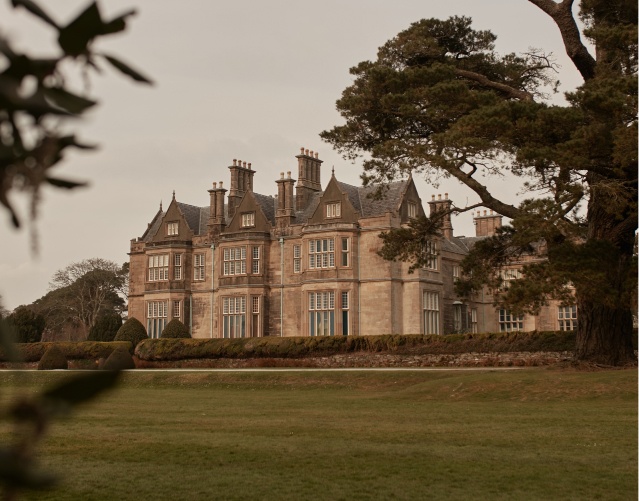
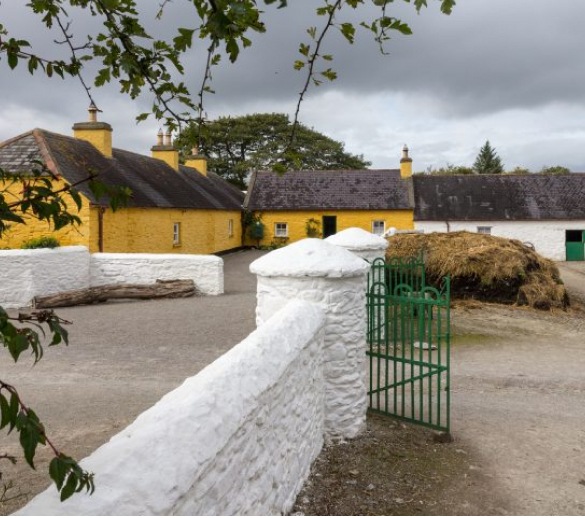
The Traditional Farm showcases what life was like in the Irish countryside during the 1930s and 1940s. The farm includes a small, medium-sized and large holding. Visitors will also see a labourer’s cottage, carpenter’s workshop, blacksmith’s forge and a schoolhouse. Enjoy seeing farm animals, as well as fresh bread and butter making.
Phone
(064) 66 30804
Killarney House boasts an interpretive exhibition centre, formal pleasure gardens, cherry blossom walk and the longest herbaceous border in Ireland. It is close to Killarney town, making it a great place to start your visit of the National Park.
Killarney House dates from the late 18th century and was originally the stable block for the first Kenmare House. Visitors can get a guided tour of the house or take in the exhibition, which outlines the many unique sites in the National Park and our important conservation work.
The surrounding gardens feature a wonderful hedgerow of the rose Wild Edric, and the restored pleasure gardens include parterre style beds and even a “patte d’oie”. Visitors can also take in our famous cherry walk and renowned herbaceous border.
Killarney House and Gardens
phone: 01 5393620
email: infokillarneyhouse@npws.gov.ie
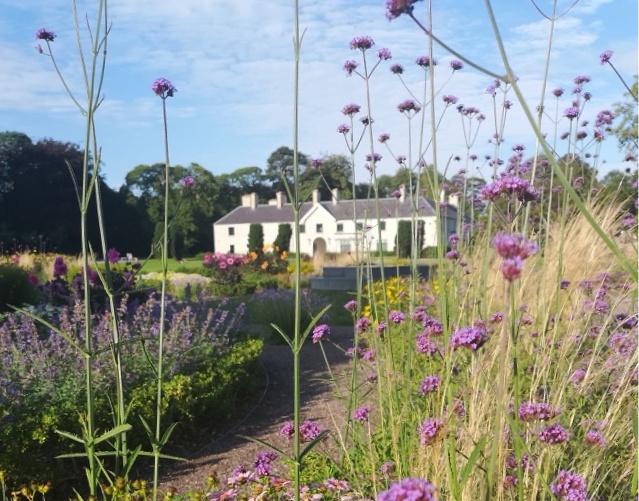
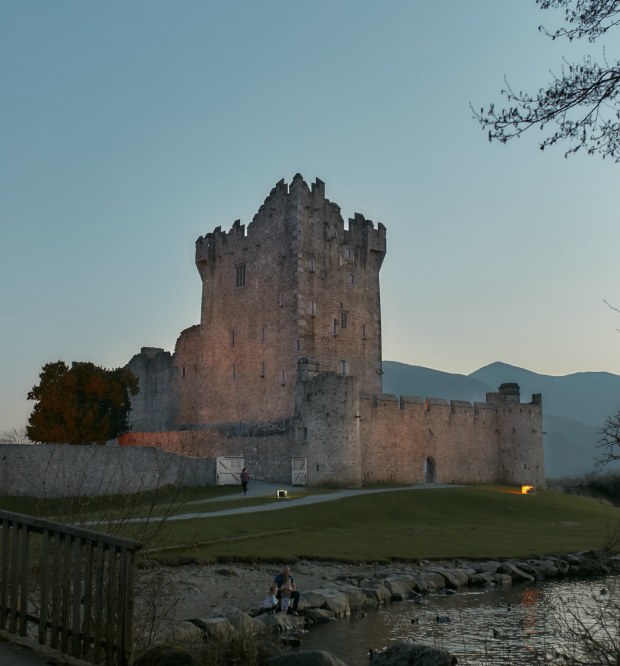
Ross Castle perches on an inlet known as Ross Island on the edge of Lough Leane. It was built by the Irish chieftain O’Donoghue Mor and is a fine example of a 15th century tower house and keep. The castle was restored in 1970 and contains examples of 16th and 17th century furniture.
Ross Castle is open to the public seasonally and guided tours are available throughout the day. There are several hiking trails on Ross Island that allow visitors to explore the unique scenery.
Muckross Abbey was a Franciscan friary of Irrelagh, founded for the Observatine Franciscans in the 15th century by Daniel McCarthy Mor. The present, well-preserved ruins include a church with a wide, square tower and fine windows, and a vaulted cloister with an arcade of arches around a square courtyard. An ancient yew tree, said to be as old as the abbey, grows in the middle of the courtyard.
The first monastery was reputed to have been built on the site by Saint Fionan sometime in the 6th century. As well as the graveyard associated with the original monastery, the site also houses a more modern graveyard.
Muckross Abbey has an old Irish monastery graveyard as well as a modern graveyard. Muckross Abbey is the burial place of several local chieftains, as well as three Gaelic poets, Geoffrey O’Donoghue, Aodhagan O’Rathaille and Eoghan Rua O’Suilleabhain from the 17th and 18th centuries. The graveyard is still in use and there are a number of burials there each year.
Muckross Abbey is open to the public and is just a short walk from the car park on the N71.
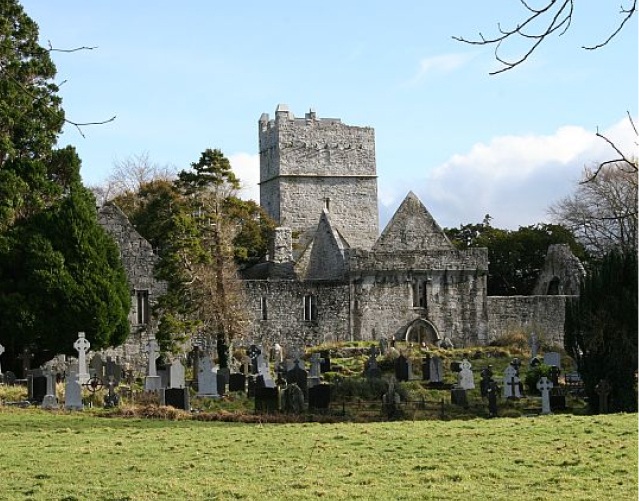
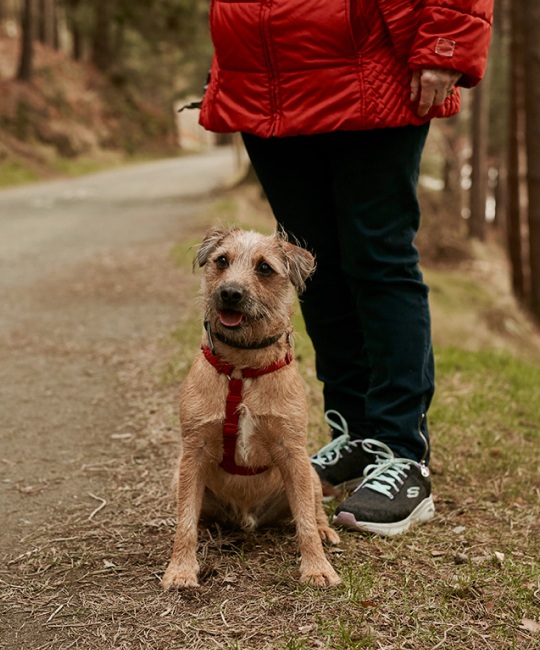
Dogs are welcome in the National Park, but dog owners must be aware that this area is primarily for the conservation of nature and dogs MUST be kept on a lead at all times.
Dog owners are asked to comply with our Code of Conduct.